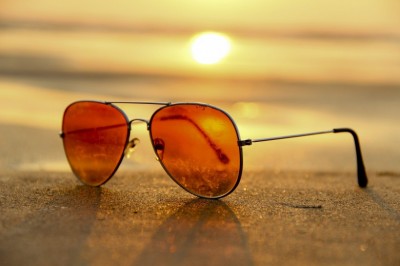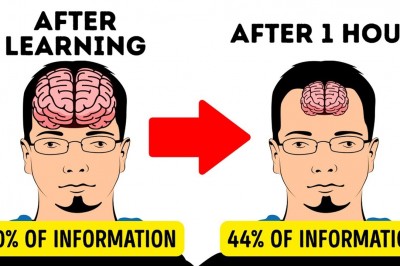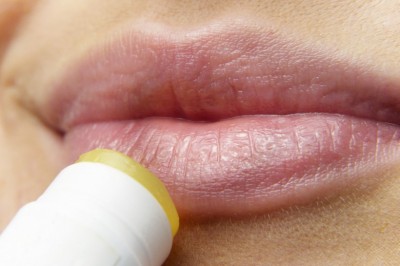What Are Your Chances Of 20-20 Vision After LASIK Eye Surgery?
You might have come across eye centers touting outrageous offers of "20/20 vision or your money back". The whole concept of 20/20 vision has been ballyhooed immensely when it comes to laser eye surgery. In essence, the value 20/20 refers to a way of measuring visual acuity via the Snellen eye chart – the same old alphabet chart that you might have seen at a nearby eye care center. As an instance of Snellen measurement, people with 20/40 vision can see clearly at 20 feet what people with 20/20 vision can see clearly at 40 feet. With the latest technological advancements in laser eye surgery, the conventional LASIK procedure has been augmented with superlative techniques like wavefront LASIK, and its add-on, iris registration. With such enhancements there is an even greater chance of 20/20 vision relative to that with conventional LASIK. By wielding wavefront technology there is a great, around 95%, chance of 20/20 vision. However, with the iris registration technology, the possibility of 20/20 vision skyrockets to an overwhelming 99%. 20/20 vision is what you aim for while undergoing any type of refractive surgery – its used as a benchmark. However, some people hold a somewhat dissenting opinion about 20/20 vision, as far as laser eye surgery is concerned. The argument put forth is that visual quality matters more than visual acuity. As is evident from a number of cases, laser eye surgeries, for instance LASIK, have potential complications. A patient might experience blurry vision, halos, ghost vision or double vision, glare, and starbursts surrounding light sources at night. Normal vision is crisp and sharp. But after laser eye surgery, a person might have to deal with debilitating side effects, which typically diminish vision quality. Though the patient might still be able to decipher a 20/20 line on the Snellen chart, the vision might be blurry. Unless the complications subside, eye surgeons famous promise of 20/20 vision is merely a myth. In general, the degree of refractive error and the pupil size are the only criteria while determining the candidature of a patient for laser eye surgery. Most patients are not tested on other grounds, such as contrast sensitivity, glare and depth perception. The data pertinent to such aspects is fairly anecdotal. A comprehensive preoperative test regime is necessary for achieving authentic 20/20 vision (with enhanced vision quality) after laser eye surgery. Treating poor eyesite can be difficult, time-consuming, painful and ultimately upsetting. If you have tried and failed to improve your eyesight, or have concerns over the safety of invasive eye surgery you might want to consider other methods of making you look better and feel more confident. You might like to consider medical and aesthetic cosmetics. What is medical cosmetics? Its probably easier to start with what Medical Cosmetics is not. It is not beauty treatments administered by Beauticians and it is not Cosmetic Surgery. It is non-invasive medical procedures, delivered by qualified medical professionals such as doctors, nurses or dentists, that change and enhance the way people look. The most well known products and treatments are Botox, Dermal Fillers and Skin Peels. Medical cosmetics can remove facial lines, inhance lips and cheeks, rejuvenate chests, hands and feet, reshape noses, as well as treat acne and excessive sweating. How does the treatment work? Over time, our skin creases in the areas where we use our facial muscles the most - if you frown a lot, you develop lines between your eyebrows, if you raise your eyebrows a lot you develop lines on your forehead. Treatment temporarily inactivates the muscles, giving you time to break the habit of using them repeatedly and giving your skin time to recover. The treatment only takes around 15 minutes and consists of a few tiny injections in the area to be treated. Within two weeks, the wrinkles you were so used to seeing in the mirror will have started to fade or disappeared altogether. For the first couple of years, frequent treatments (three monthly) are required to re-educate the facial muscles. Thereafter, treatments are less frequent until a yearly maintenance treatment is normally all that is required. Visit the Advanced Rejuvination Clinic to improve your skin, in Glasgow, Scotland. Their sister clinic, Medics Direct, offer medical aesthetics training for doctors, nurses and dentists to provide medical cosmetic services to the general public. This article may be reprinted in full so long as the resource box and the live links are included intact. All rights reserved.



























